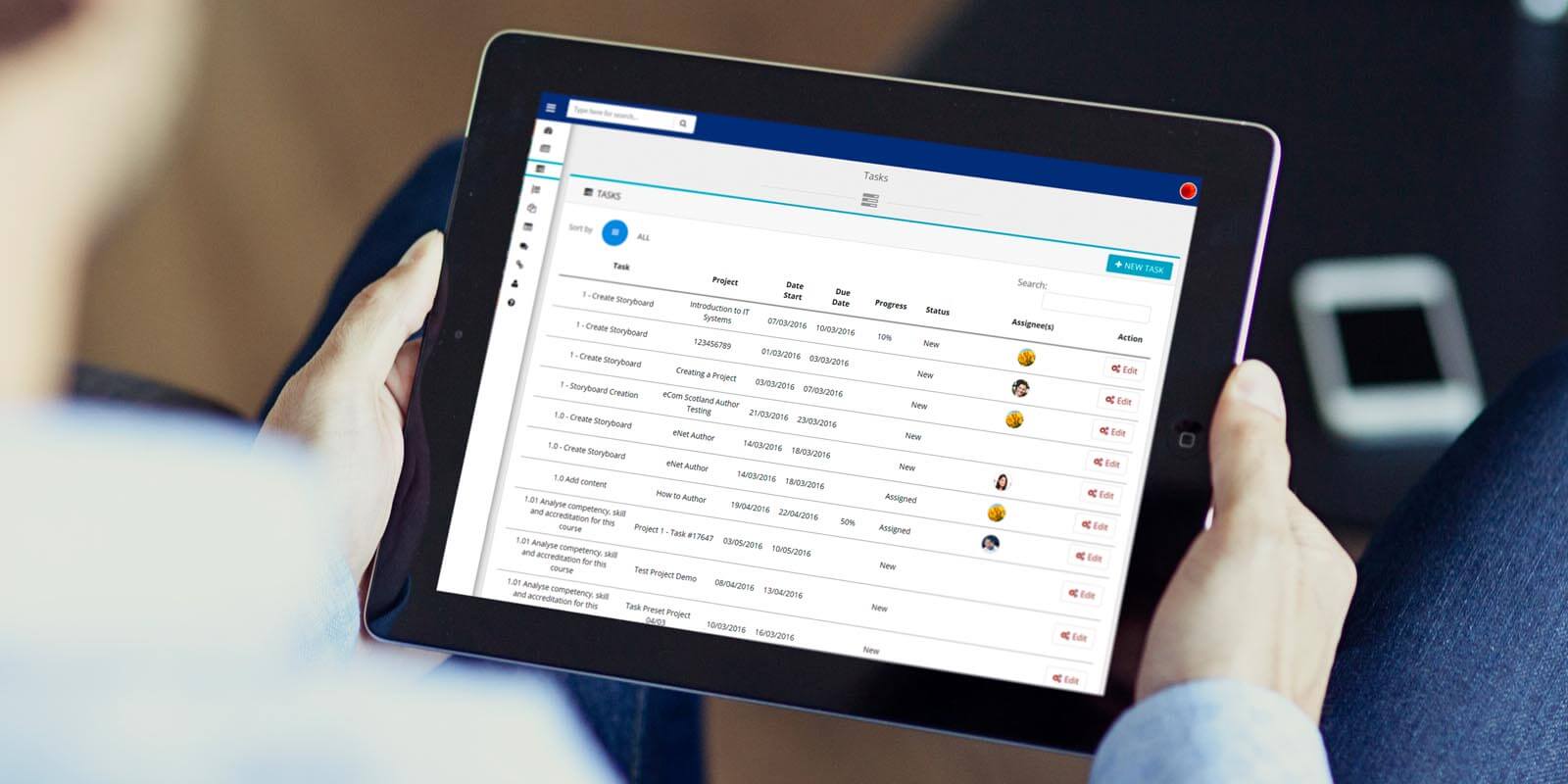Learning Analytics using eXperience API (xAPI)
Even the sound of xAPI scares some eLearning content designers with many still getting over all the hype about SCORM (Sharable Content Object Reference Model).
New content creation tools are making xAPI more available and easy to understand - it gives the designer more control of the information they want to collect in the background as the learner is undertaking the course.
Learning Analytics
Learning Analytics is the collection and analysis of reported data. As the need for reporting on the learning and competencies of a user is becoming of higher importance, there is a need for designers to build this in to the design of an eLearning course.
xAPI allows for the collection and storage of more detail on a users journey through an elearning course than is available through SCORM. It allows for a more indepth analysis providing real time, personalised data on an individual. This may include how well a user is progressing throughout the course and the time it may have taken a user to answer a specific question/section. This additional information is fundamental to the shaping of future training courses.
xAPI In Practice
Say for example that one of your learners is undertaking a quiz. With xAPI you are able to determine which answer the learner selects first and even track how many times they have taken the quiz, tracking down to the smallest details.
xAPI solutions also provide a new way of storing the data in a Learning Resource Store (LRS). Unlike other authoring tools, eNetAuthor has its own LRS which stores the additional data. Register for your free 30 day trial of eNetAuthor.
Working With Variables
As designers gets more confident they are able to create their own trackable variables providing further data on how users learn.
A variable is a data label/field that holds something (a value). This value can change based on user input or actions.
So why might you want to create your own variables? You may wish to:
- when you wish to produce a learning path that controls the learner journey based on their results
- when you are employing a branching scenario – showing the user the consequences of different selections in the form of storytelling
- when you want to produce a summary of options selected or responses provided
- to provide custom feedback based on the responses
- to provide additional tracking data
- when you wish to be able to accept numeric input and process calculations
- when you want to provide a more game-based approach to some of the learning objects.










